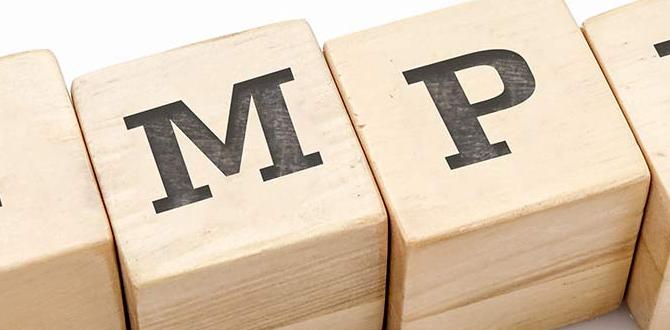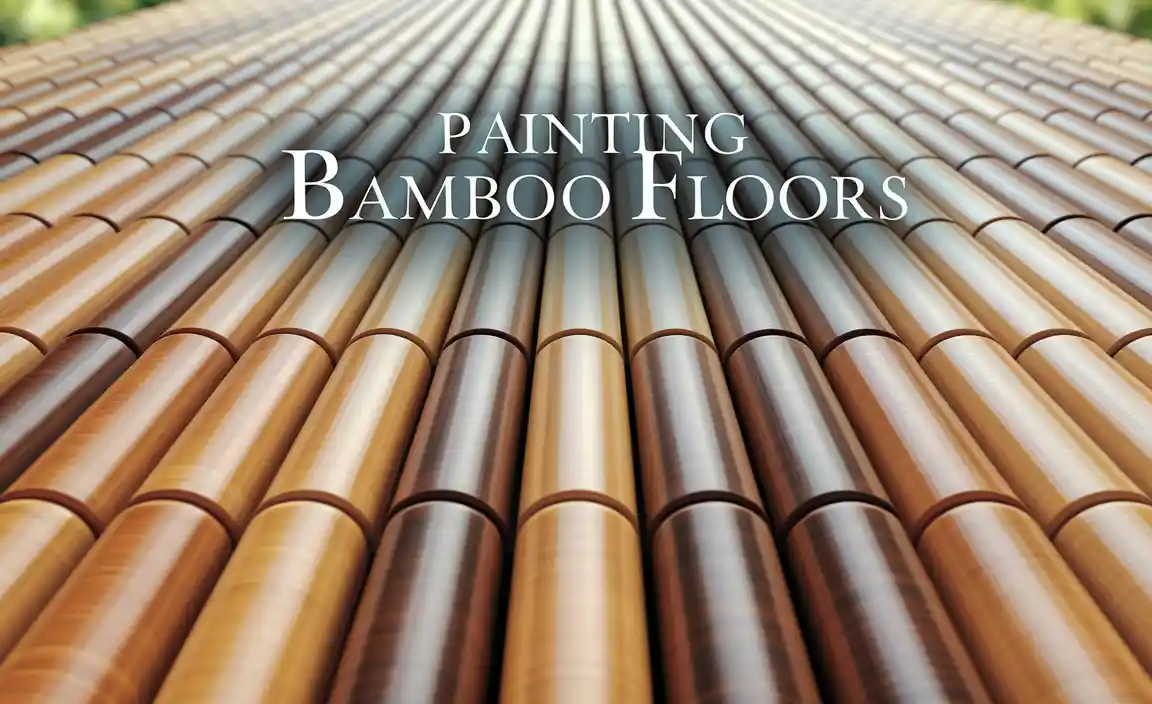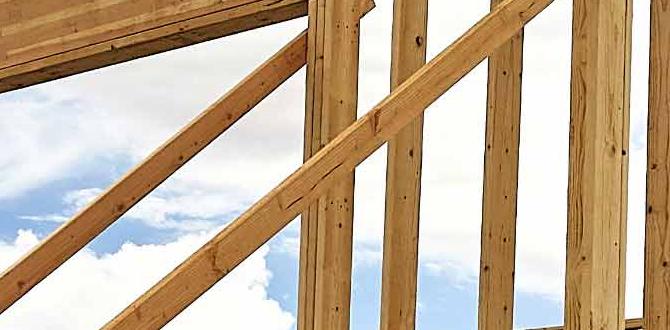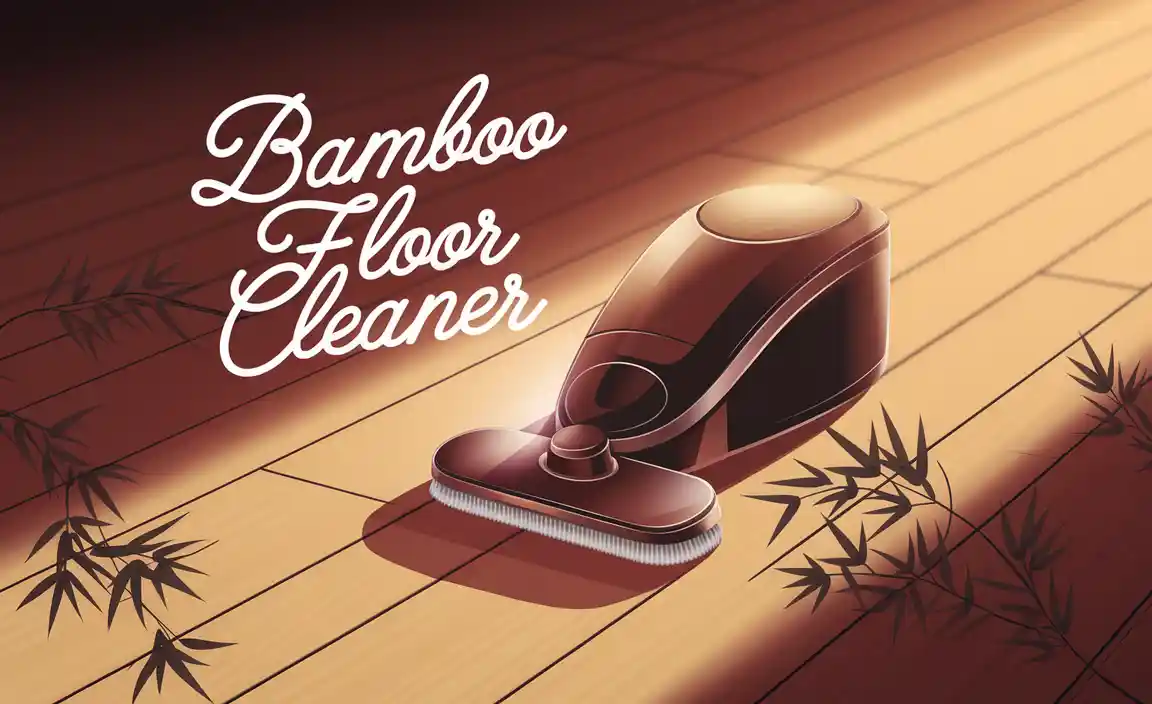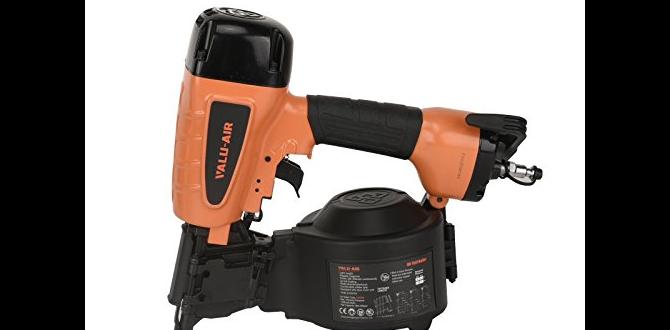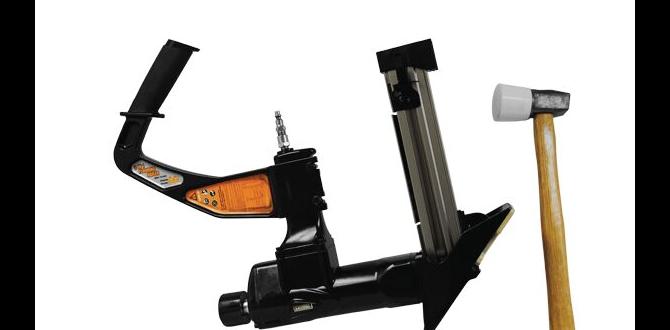When you think about wood, do you consider what makes each type special? Birch and cedar wood both have unique features that can surprise you. Birch has a light color and a smooth finish. It is often used for furniture and cabinetry. Cedar, on the other hand, is known for its warm tones and strong scent. This makes it perfect for outdoor uses like decking or fencing.
Imagine standing in a cozy cabin made of warm cedar. The scent wraps around you like a blanket, making you feel right at home. Or picture a beautiful birch table where your family gathers for meals. Each type of wood tells its own story and adds a special touch to our lives.
Curious about which one might be better for your needs? Let’s dive into the features of birch vs cedar wood and uncover what makes them truly unique.
Table of Contents
Birch Vs Cedar Wood Features: A Detailed Comparison Guide
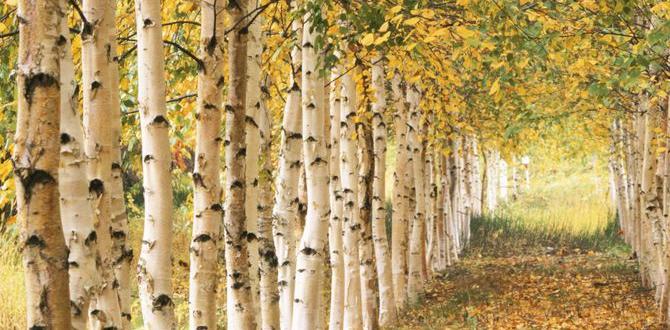
Birch vs Cedar Wood Features
Birch and cedar wood both have unique characteristics. Birch is known for its smooth texture and light color, making it a favorite for furniture. It shines in indoor settings and is excellent for crafting. On the other hand, cedar is famous for its natural resistance to rot and insects, perfect for outdoor use. Its warm, aromatic scent can even keep bugs away! So, whether you want elegance or durability, understanding these features can help you choose the right wood for your project.Physical Characteristics of Birch Wood
Color and Grain Patterns. Density and Weight.Birch wood is a real show-off when it comes to color and grain patterns. Its light color can range from creamy white to honey yellow, making it perfect for stylish furniture. The grain is often straight and smooth, giving it a clean look that fits right in with any decor.
In terms of density and weight, birch is like the gym buddy that helps you lift. It’s dense, making it sturdy, but not so heavy that you need a forklift to move it. Birch weighs around 38 lbs per cubic foot, making it manageable for woodworking projects. Remember, working with birch means enjoying the beauty of nature without the heavy lifting!
| Feature | Details |
|---|---|
| Color | Creamy white to honey yellow |
| Grain Patterns | Straight and smooth |
| Density | 38 lbs per cubic foot |
Physical Characteristics of Cedar Wood
Color and Grain Patterns. Density and Weight.Cedar wood has some striking colors and unique grain patterns. It’s often reddish-brown or yellowish and can have streaks of light and dark shades. The grains are usually straight, which makes it look beautiful.
This wood is also known for its density and light weight. It is not very heavy, making it easy to carry. Cedar wood has a density of about 24-33 pounds per cubic foot. This offers great stability while using it for different projects.
What are the main features of cedar wood?
Cedar wood features strong resistance against moisture and insects, making it ideal for outdoor use. It’s also lightweight, easy to work with, and offers a lovely scent that adds to its charm.
Key Points:
- Color: Reddish-brown to yellowish
- Grain: Straight and beautiful
- Density: 24-33 pounds per cubic foot
- Lightweight and portable
Durability and Longevity of Birch Wood
Resistance to Wear and Tear. Lifespan in Different Environments.Birch wood is known for its strength against everyday damage. It resists knocks and scratches well. This quality makes it great for furniture and flooring. In different environments, birch lasts long but can worsen in damp areas. Here’s a quick look at its durability:
- Resistance to wear: Birch stands up to daily use.
- Lifespan: Up to 20-30 years in good conditions.
- Environmental impact: Thrives in dry places but struggles in high humidity.
Durability and Longevity of Cedar Wood
Resistance to Pests and Decay. Lifespan in Different Environments.Cedar wood stands strong against pests and decay, making it a popular choice for outdoor projects. It’s naturally resistant to insects and rot, which means fewer worries about creepy crawlies taking over your beautiful deck. On average, in a favorable environment, cedar can last up to 30 years! Even in less-than-perfect conditions, it holds up pretty well. So, if you want a “wood” that lasts longer than your favorite toy, cedar might just be your best bet!
| Environment | Lifespan of Cedar Wood |
|---|---|
| Dry | 30+ years |
| Moist | 15-25 years |
| Wet | 10-15 years |
Workability and Tooling of Birch Wood
Machining and Finishing Properties. Recommendations for Crafting.Birch wood is a joy to work with. It’s easy to cut and shape, almost like butter! Machining birch is smooth, and it holds details well. If you’re carving or turning, this wood won’t let you down. Just remember to use sharp tools for the best results.
Finishing birch also gives great results. It absorbs stain beautifully, making your project look stunning. For the best outcome, go for a light finish that highlights its natural grain.
Here’s a quick table for crafting recommendations:
| Task | Recommendation |
|---|---|
| Machining | Use sharp tools |
| Finishing | Opt for a light finish |
| Staining | Choose compatible colors |
So, if you’re looking for a reliable wood for projects, give birch a try! It’s as dependable as your best buddy, and it promises to keep you grinning as you craft.
Workability and Tooling of Cedar Wood
Machining and Finishing Properties. Recommendations for Crafting.Cedar wood is great to work with. It is soft and easy to shape. This makes machining simple and fun for crafters. Cedar finishes nicely, giving projects a beautiful look. It cuts cleanly and holds detail well. Here are some tips for crafting:
- Use sharp tools for smooth cuts.
- Sand lightly for the best finish.
- Try to work quickly to avoid splintering.
These steps will help your projects shine!
What is the best way to finish cedar wood?
The best way to finish cedar is to use oil or varnish. These options protect the wood and enhance its color. Oil finishes provide a natural look, while varnishes add a glossy shine.
Uses and Applications of Birch Wood
Common Uses in Furniture and Cabinets. Specialty Applications.Birch wood is popular for making furniture and cabinets. It’s known for its smooth finish and light color. This wood stands out in homes and offices. Here are some common uses:
- Dining tables
- Chairs
- Cabinets
Besides general furniture, birch is also useful in specialty areas. For example, it’s great for musical instruments and plywood. Its strength and flexibility make birch a favorite for many projects. People appreciate its natural beauty.
What are common uses for birch wood?
Birch wood is widely used for furniture, cabinets, and specialty items like musical instruments.
Uses and Applications of Cedar Wood
Common Uses in Outdoor Projects. Specialty Applications.Cedar wood is a superstar in outdoor projects! People love using it for everything from decks to furniture. It’s perfect for making cozy garden benches or sturdy picnic tables. Cedar’s natural oils even help keep bugs away, so you can relax without worrying about insects stealing your lunch!
Let’s not forget its special tricks. Cedar is used in closets to keep clothes fresh, and it shines in making aromatic chests for storing treasures. It’s like the Swiss Army knife of wood—ready for any challenge! Just imagine a cedar wood birdhouse that looks great and smells delightful too!
| Common Uses | Specialty Applications |
|---|---|
| Decking | Closets |
| Garden Furniture | Aromatic Chests |
| Picnic Tables | Birdhouses |
From cozy outdoor spaces to special keepsakes, cedar wood is a fantastic choice! It’s strong, beautiful, and adds a pleasant scent to any project.
Environmental Impact and Sustainability of Birch Wood
Sourcing and Harvesting Practices. Ecological Footprint.Birch wood is known for its eco-friendly qualities. It is usually sourced from well-managed forests, ensuring that trees are not cut down too quickly. Sustainable harvesting helps protect the environment. Choosing birch can reduce your ecological footprint, as it grows fast and replenishes itself efficiently. This wood supports the Earth, making it a great choice for your projects.
What makes birch wood sustainable?
Birch wood is sustainable because it comes from responsibly managed forests and regrows quickly.
Key Benefits:
- Fast growth rate
- Minimal impact on habitats
- Supports local economies
Environmental Impact and Sustainability of Cedar Wood
Sourcing and Harvesting Practices. Ecological Footprint.Cedar wood has a unique charm, and its environmental impact is quite fascinating! Many cedar trees are grown in sustainable forests, which means they are carefully managed. This helps keep things green and happy for our planet. Plus, cedar trees can live for a long time, making them pretty friendly to the environment. On the flip side, harvesting them can still leave a mark. That’s why smart programs watch over these forests. It’s like giving nature a big hug while building furniture!
| Aspect | Details |
|---|---|
| Sourcing Practices | Harvesting cedar uses sustainable methods to protect forests. |
| Ecological Footprint | Cedar has a low impact, as it grows slowly but lasts long! |
So, using cedar means you’re getting great wood and helping the Earth, too. It’s like having your cake and eating it too, but without the calories!
Customer Preferences and Market Trends
Popularity in Home Design. Trends in Wood Selection.Wood choices in home design can say a lot about style. Many people love birch for its light color and smooth finish. It fits well in modern spaces. On the other hand, cedar is favored for its lovely scent and natural beauty. It is perfect for outdoor projects. Some trends include:
- Choosing warmer tones for a cozy feel.
- Using reclaimed wood for sustainability.
- Mixing different types of wood for unique designs.
Overall, people enjoy finding the right wood to match their homes. This shows how current trends and customer preferences play a vital role in wood selection.
What wood is most popular for home design?
Cedar is often preferred for its smell and durability. However, birch is chosen for its clean, fresh look.
Conclusion
In summary, birch wood is light and smooth, making it great for furniture. Cedar wood is strong and resistant to decay, perfect for outdoor use. You should choose birch for indoor projects and cedar for outdoor ones. Explore more about their uses and benefits to find the best wood for your next project!FAQs
What Are The Main Physical Characteristics That Differentiate Birch Wood From Cedar Wood?Birch wood is usually lighter in color, like pale yellow or white. It has a smooth surface and feels hard when you touch it. Cedar wood, on the other hand, is often reddish-brown and has a rougher surface. Cedar also has a nice, woodsy smell, while birch doesn’t. So, you can tell them apart by their color, texture, and smell!
How Do The Durability And Resistance To Decay Compare Between Birch And Cedar Wood?Cedar wood is more durable and better at resisting decay than birch wood. This means cedar lasts longer, especially outside. Birch can get damaged by water and bugs more easily. So, if you want wood that lasts, cedar is a great choice!
In Terms Of Cost And Availability, How Do Birch And Cedar Wood Rank In The Lumber Market?Birch wood usually costs more than cedar wood. You might find birch less often at stores. Cedar is easier to find and often cheaper. Many people like cedar for outdoors because it lasts longer. So, cedar is more popular!
What Are The Common Uses For Birch Wood Compared To Cedar Wood In Construction And Furniture Making?Birch wood is often used for furniture like tables and chairs because it looks nice and is strong. Cedar wood is great for outdoor projects, like decks or fences, because it doesn’t rot easily. You can also find cedar in closets because it helps keep bugs away. So, we use birch for indoor furniture and cedar for outside things!
How Does The Finishing Process Differ For Birch And Cedar Wood Due To Their Unique Properties?Birch and cedar wood are different, so they finish in unique ways. Birch is smooth and likes stain or paint, making it very pretty. Cedar has a strong smell and is often left natural; it looks great without much work. We need to use different products for each type to make them shine!
